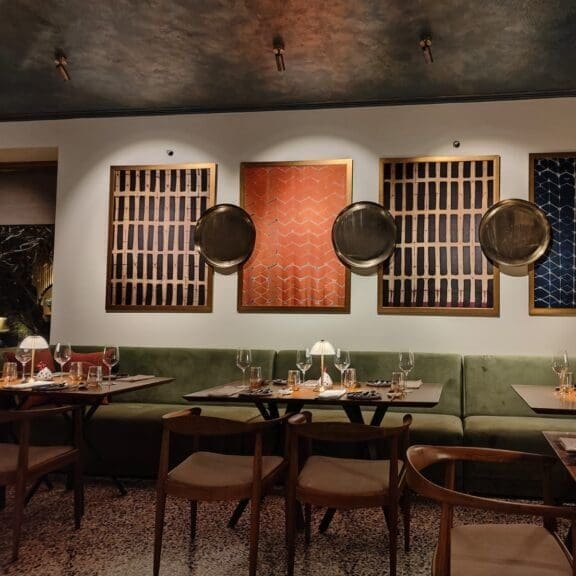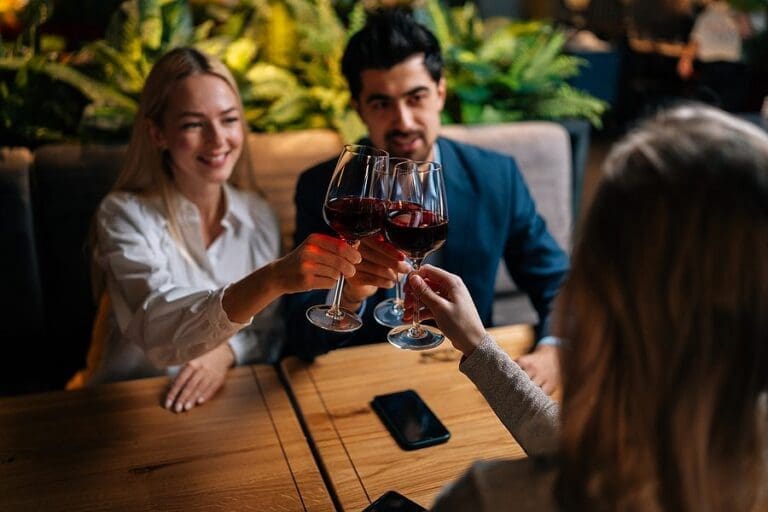 Food and beverage in a conventional operating model for hotels was typically designed to service guests in order to drive more core earnings from selling rooms product where the margins were higher. Like just about everything else, though, Covid is changing the revenue structure for restaurants and other operations as well as presenting new threats to our profitability, with the one discussed here being the advent of ghost kitchens.
Food and beverage in a conventional operating model for hotels was typically designed to service guests in order to drive more core earnings from selling rooms product where the margins were higher. Like just about everything else, though, Covid is changing the revenue structure for restaurants and other operations as well as presenting new threats to our profitability, with the one discussed here being the advent of ghost kitchens.
Namely, this is a restaurant purpose-built for online delivery apps with no physical seating or store frontage whatsoever. They can be setup practically anywhere close to the target market and kept lean by excluding all costs associated with waiting tables such as dishware, server wages, ambiance elements or high rental fees for a prime location on a main thoroughfare. Without these overheads, ghost kitchens can seriously undercut a hotel restaurant on menu pricing. Plus, many regular eateries in your neighborhood have likely already converted their spaces into this type of model, further driving local competition.
Given the grand shift in eating habits that is currently happening, hotel guests may well prefer familiar ordering apps (Uber Eats, DoorDash, SkipTheDishes or others) for in-room meal delivery over a quick saunter downstairs to your restaurant. Then, as per the title of this article, how do you differentiate your dining outlet through these mobile channels so that customers choose you over any other ghost kitchen? Moreover, how do you build an emotionally impactful experience without in-person contact in order to maintain loyalty and prevent any less-than-stellar online reviews from cropping up?
In many ways, hotels have already faced this situation when we started putting rooms inventory on the OTAs. These have historically been great channels for maximizing property visibility at the expense of brand dilution and operating income. Namely, when your hotel is solely represented in any travel query by a tiny website letterbox of basic details amidst a sea of other letterboxes for your competitors, there’s seldom any emotional resonance, and customers end up gravitating towards price and location while not necessarily dwelling on your other USPs.
Prior to a full curtailing of physical distancing rules at restaurants so that you can resume pre-pandemic levels of turning tables, much like how we acclimatized to the OTAs, the answer to our present dilemma is to holistically embrace technology. You simply have no other option.
As a start, you need a staff member completely devoted to making your restaurant visible with consistent information wherever guests or locals are searching. This individual must also curate your content so that customers can scan every possible detail without resorting to SMS or a phone call. Think multiple pictures of each dish as it will arrive to the room and noting all ingredients with specific attention to allergens.
Rigid monitoring of review sites must also take place to ensure any mistakes are immediately remedied. To this end, you may also want to enhance your own channels to send out private feedback requests, aiding in recovery situations before any objections reach the public.
Next, you have to generate demand. With everything shifted to digital, this requires a tactful mix of paid search, social advertising, in-app promotions, discounted beverage or family-size bundles and personal offers disseminated via prearrival emails or from within your own branded app. Importantly, by also showing how inviting and safe your onsite dining experience is, these channels can act as a trojan horse for getting more foot traffic to your restaurant.
Above all, while technology is instrumental to facilitate this new way of consumption, there’s only so much you can gild a lily, meaning that the food must ultimately speak for itself. The challenge your chefs face is to deliver a product expressly for takeout or delivery that carries the same flavor and presentation as if it were served tableside.
Especially in the face of these new ghost kitchen competitors, where the cuisine is specifically designed to survive the various nuisances of delivery without serious cost overruns, this requires a holistic rethink of ingredients used as well as packaging and all the other cute, little accessories you add to round out each order. All this won’t be easy, but you can make your restaurant profitable if you act prudently.





























